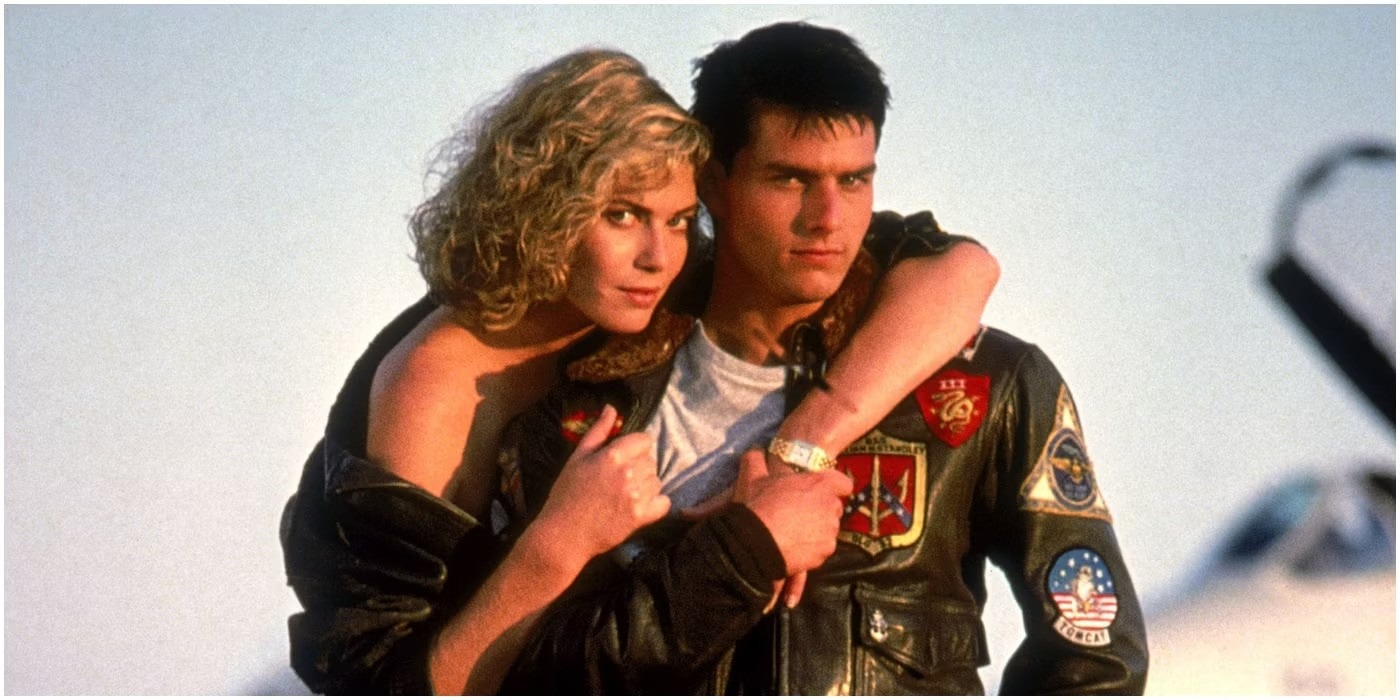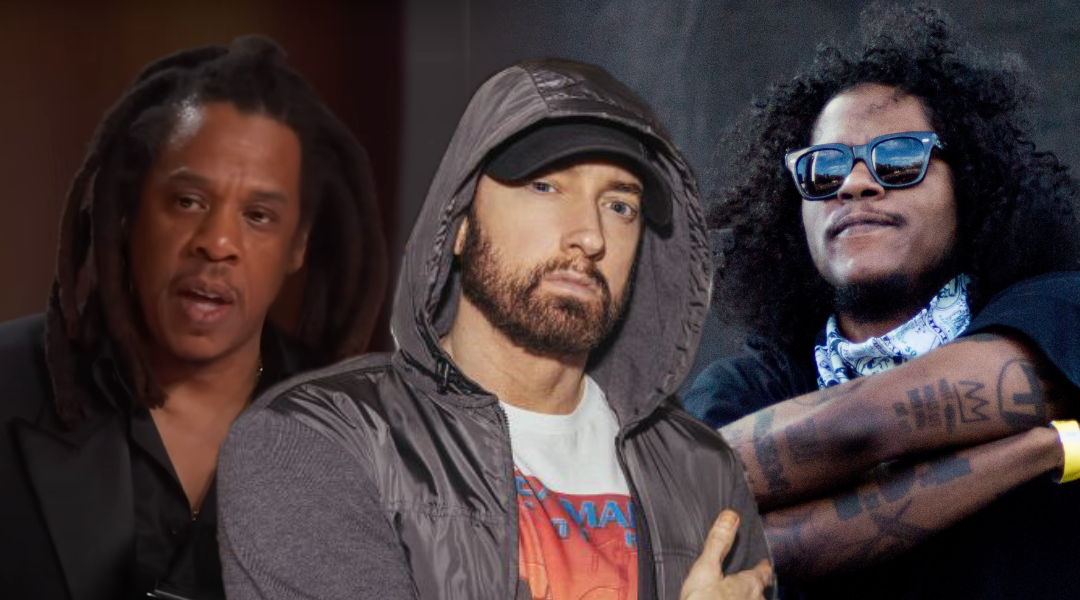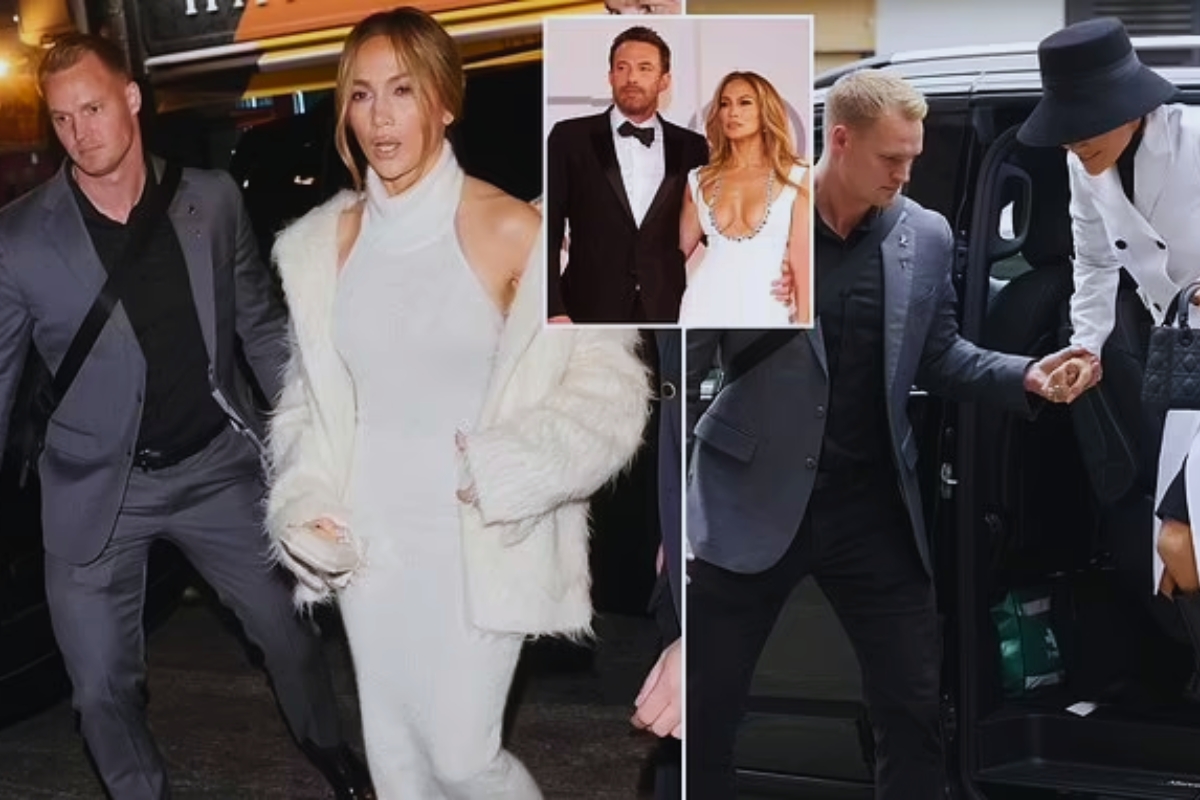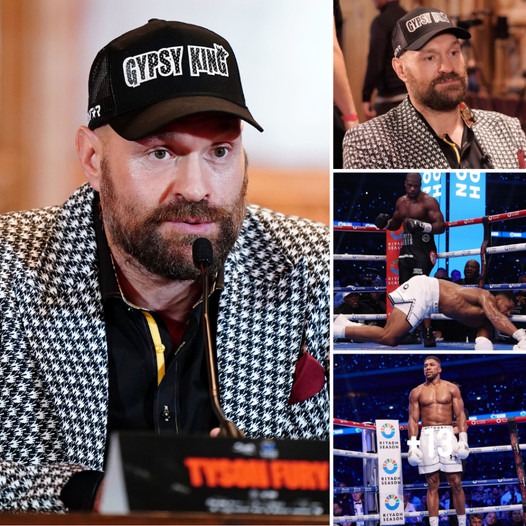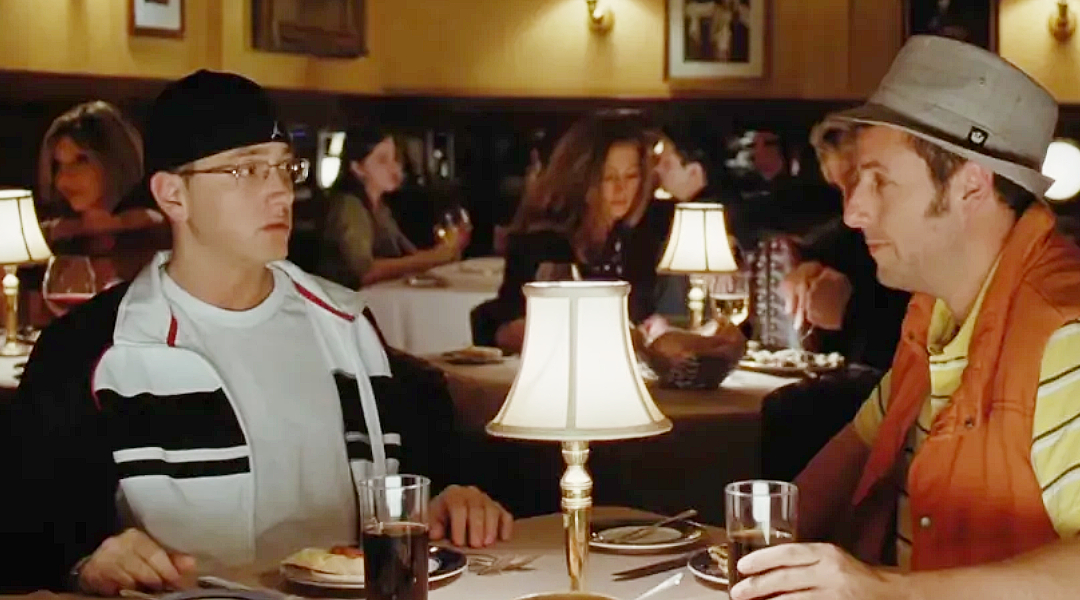Initially, Top Gun’s Kirsten Lindstrom was not the maverick fighter school instructor she eventually became!
Tom Cruise’s Top Gun is one of the legendary actor’s earliest landmark projects that ended up thrusting him into the mainstream. Recognized as arguably the biggest action star in Hollywood since a decade or two, Top Gun is still seen as one of his most stellar projects yet.
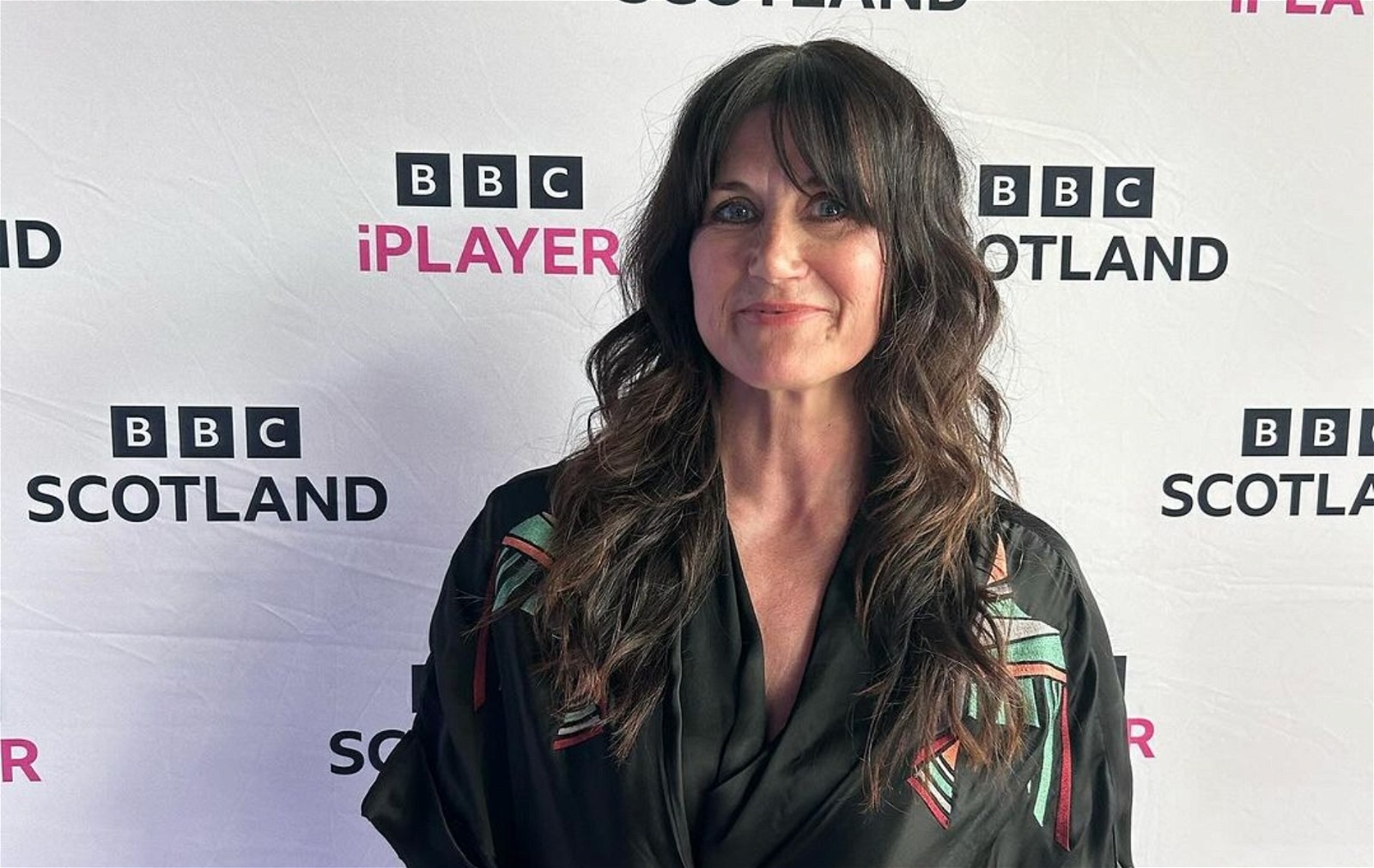
The 1986-release recently completed its 38th year of existence, bringing fans a sense of nostalgia to the time when the now 61-year-old broke into the industry as a charming, baby-faced action star.
Regardless, as it turns out, the Tony Scott-directorial had its fair share of hiccups during the production process. Among them, was the fact that Charlotte Blackwood’s character, Kirsten Lindstrom, was initially shown as a stereotypical ‘classic bimbo,’ instead of the aviator instructor that she was eventually transformed into.
That was all thanks to Dawn Steel, who was the first Studio female studio head of Columbia Pictures, and one of the first women ever to head a Hollywood film studio in general.
Top Gun’s Kirsten Lindstorm was initially a ‘classic bimbo’ before Dawn Steel stepped in
Considering the movie itself came out way back in 1986, it is not that huge of a surprise that its most prominent female character was initially depicted as a bit of a stereotype. According to the Top Gun trivia on IMDB, Lundstorm’s character was initially starkly different from what it ended up as in the Tom Cruise film:
Charlotte “Charlie” Blackwood’s character metamorphosed out of a character called ‘Kirsten Lindstrom’ and was originally a classic bimbo. Dawn Steel, then head of Paramount Pictures, allegedly refused to authorize the project until she was made a more real, intelligent woman.
While the scope of the ‘classic bimbo’ character remains unspecified, the character was eventually transformed into the Top Gun Naval Fighter Weapons instructor that fans eventually fell in love with.
This was all thanks to Dawn Steel, who is often recognized as one of the most important women in Hollywood, simply because through he career she ensured the rise of other powerful women in the industry as well. As it turns out, the 51-year-old actually refused to green-light the project until Blackwod’s character was turned into the serious role that she eventually played.
Hence, while most fans might remember the movie for its action sequences and Cruise’s presence, the behind-the-scenes work done by Steel was arguably just as important, if not more.
Tracing Dawn Steel’s legacy in the movie industry
Dawn Steel is a hugely important figure for women in general, in Hollywood. She was one of the first women to rise up the ranks all the way to the top of a major Hollywood studio, and had to undergo her fair share of struggle before making it big, as one would expect
Steel started her career as a sportswriter, before moving to LA to work as a merchandising consultant for Playboy. She eventually joined Paramount Pictures as the Director of Merchandising, as her work for the Star Trek franchise initially helped her move up.

Steel was eventually promoted to the position of president of production, following the success of Flashdance, a project she supported right from the start.
Hence, in 1985, Steel officially became the second woman to head a major film studio, after the legendary Sherry Lansing at Twentieth-Century Fox.
Her position meant that she was eventually offered the head position at Columbia Pictures, which saw movies such as When Harry Met Sally…, and her first greenlit project, Casualties of War, which was seen as a risky project due to its sensitive material.
While Steel’s tenure at Columbia did not end in the best of fashion as she was removed from the position following consistent losses, her time in the industry led to plenty of stellar achievements. Among them, of course, was the fact that she ensured that Kirsten Lindstrom’s character was given the kind of importance it deserved, in Top Gun.
